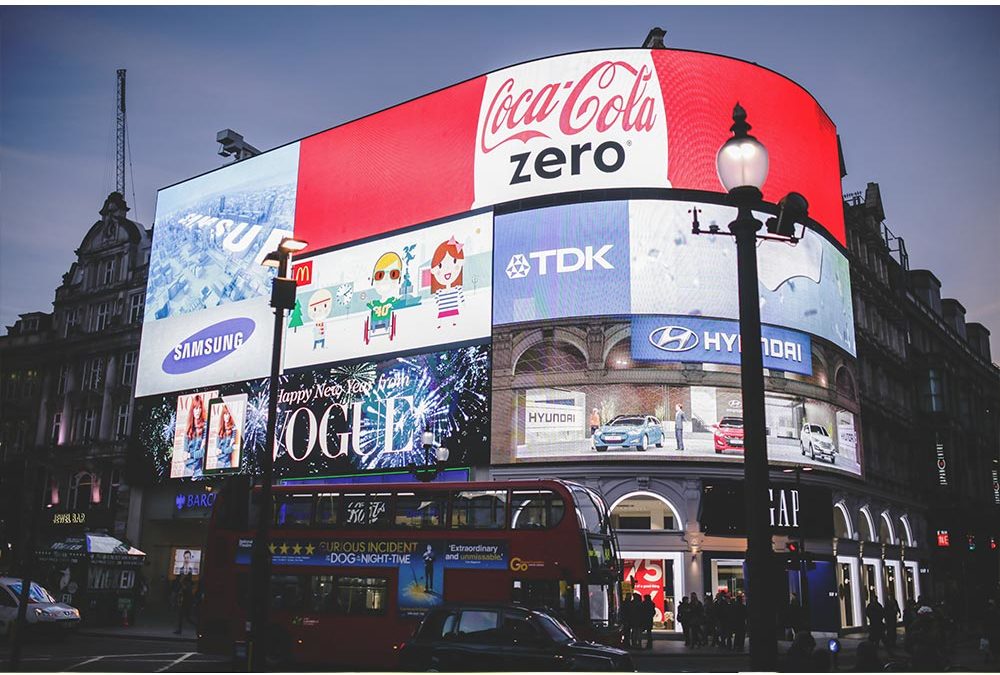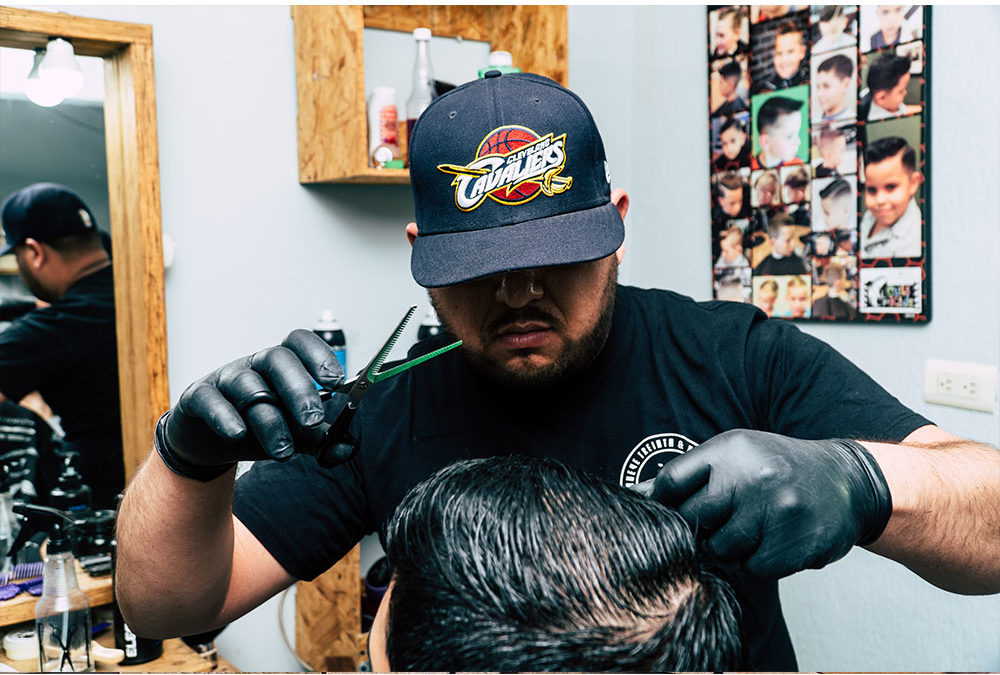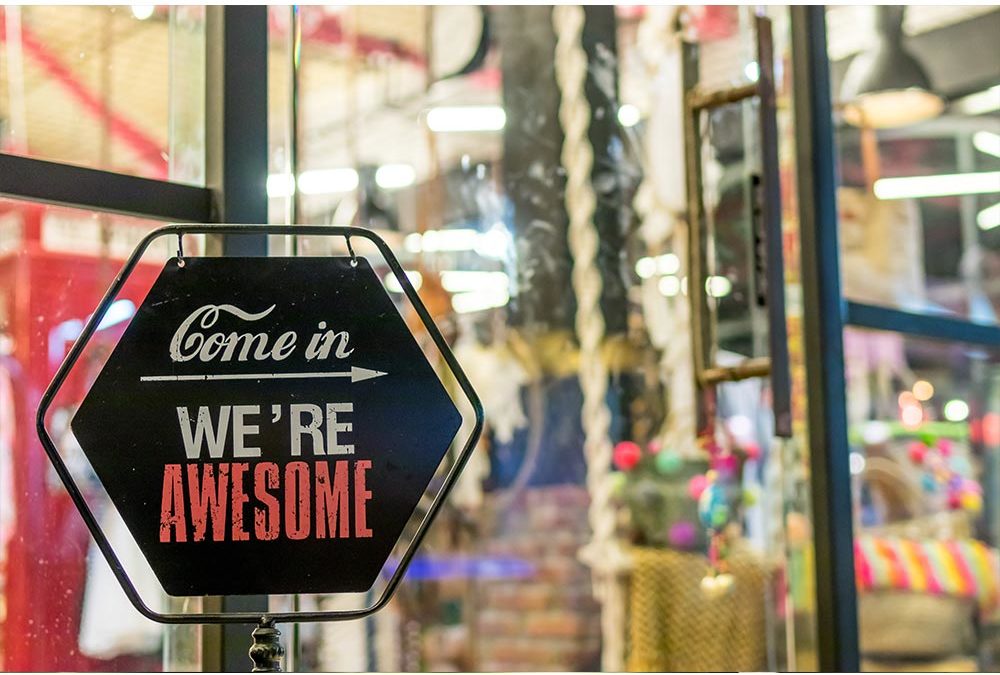
Mar 11, 2013 | Advertising How-To, Digital Marketing
I found most of these on marketingprofs.com. It’s a fantastic site if you want to get the latest marketing trends. I’ve added some tips of my own. But these will get you started in the right direction if you want to improve the performance of your website or landing page.
- A concise headline: This is the #1 most important element of your landing page. It needs to get attention, be benefit-focused and bring your customer in.
- An image or video: To effectively showcase a product, you need to show how to use it. Either demonstrate the product or service in a video, or take a picture of someone using it.
- A core benefit statement: What can your product or service do for the end user? Make them look 10 years younger? Make them have more energy? Give them confidence or sex appeal? Help them save time or money? They need to know up front what’s in it for them.
- Request for contact information: Make it simple. Make it easy. But find a way to reach them and follow up if they are interested in what you have to offer.
- A strong call to action: Give the end user good, solid reasons to act now.
- Build trust: Your landing page should give solid reasons for them to trust you. Testimonials, third-party reviews and associations work here.
- Social sharing devices: Make it easy for them to share your opportunity in one click.

Mar 11, 2013 | Advertising How-To
If you want to increase your conversion rates on your web-site then compare your performance to the industry standards. Review the competition. See how you stack up. Visit the top-performing sites and analyze what you could change to perform more like the better performing sites on the web. Here are some categories to compare. From Google’s Top 5 industries (Google Search or Pay Per Click.)
- Finance: Top 5 advertisers = State Farm, Geico, Quicken Loan, Capital One & Bank of America. Avg. cost per click = $3.09. Avg. Conversion Rate for this category = 6.12%
- Travel: Top 5 advertisers = Expedia, Hotels.com, Booking.com, Priceline.com & Kayak.com. Avg. cost per click = $.029. Avg. Conversion Rate = 1.45%
- Shopping: Top 5 advertisers = Amazon.com, ebay, JCP, Walmart, Sears. Avg. cost per click= $.025. Avg. Conversion rate = 3.58%
- Jobs & Education: Top 5 advertisers = Univ. of Phoenix, Monster.com, ITT, DeVry, Kaplan University. Avg. cost per click = $1.80. Avg. Conversion rate = 6.09%
So how do you compare? What is your bounce rate? How does your conversion rates look? If you need help increasing the number of visitors to your site or improving your metrics, we would be glad to help.
Written by: Buddy Vaughn

Mar 8, 2013 | Advertising How-To, Direct Response Advertising
- “Many a small thing has been made large by the right type of advertising.” Mark Twain. Know who you want to reach. Know where to reach them. Use the words they use. Give them good reasons to connect with you. Understand your customer, why they buy, what they want and tell them how well you can meet their needs.
- “If you don’t drive your business, you will be driven out of business.” B.C. Forbes. You can’t manage what you don’t measure. You can’t achieve your marketing goals if you don’t measure. Put a goal and measurement for performance on every part of your campaign. Drive your campaign toward your goal.
- Advertising that generates results communicates clearly what’s in it for the consumer. Like Samuel Johnson says, “Promise, large promise, is the soul of advertisement.” Make a promise that makes people want to do business with you.
- “Great things are not done by impulse, but a series of small things brought together.” Vincent Van Gough. Details matter. You have to know what is broken in your campaign to fix it. To have a successful ad campaign you need four things. A.) You need to reach the right audience. Make sure you are talking to your customer base. B.) You need a well-crafted message. Many a campaign has failed because the audience is clueless as to what is being advertised and what’s in it for them. C.) The right frequency. Make sure your ad agency or you understand the strengths and weakness of every medium. D.) Don’t pay too much. Most people run out of budget before they see results because they paid too much for the ads. A professional media buyer/ad agency can save you a ton of time and money.
Written by: Buddy Vaughn

Mar 8, 2013 | Advertising How-To, Direct Response Advertising
In over 20 years of managing advertising campaigns, it never ceases to amaze me how crazy the reasoning behind buying certain advertising packages are.
Here are some tips on how to avoid being taken advantage of:
#1.) Don’t buy a schedule that a media rep is selling. Buy what you need.
When I worked in media sales, I found that management was always coming up with “special packages” that utilized the space or spots that were not being sold and packaging the spots with more desirable space in order to get rid of the underperforming inventory.
This typically was never in the clients’ best interest. And I would never sell them. Because it was the ad space no smart buyers wanted. But they would always have cool names to make the advertiser want to buy. “March Madness Million Spot Package,” “Holiday Special,” “The One Day Sale.” Be careful of these packages. They look good on paper. But most often times, they are not worth the paper (or email) they are printed on.
#2.) Put your ads where your customers are–not where you want to see them.
“I’m paying for the spots so I want to see them.” “I like this show, so can we put my spots there?” “My wife loves this program…how about we place some of our ads there?” If you don’t make up the majority of your target customer base then it’s quite possible you are digesting media in a different way. Be careful to limit your ad dollar waste by placing your message before your core customer base. You will get a better return on investment.
#3.) Determine your desired outcome before you start. If you know the goal you have in mind before you start your campaign, then you’ll know if you achieved it or not. It’s even more effective to have the media outlets on board helping you achieve your goal. Don’t let someone just sell you spots, space, clicks or impressions. You will lose every time. Go into your campaign knowing what you want out of it. Number of visits to your site, number of calls, leads, responses, foot traffic… These are the targets you’ll want to know before your spend a penny.

Feb 20, 2013 | Advertising How-To, Direct Response Advertising
Want to become an advertising superhero and make your advertising actually become a revenue stream vs. an expense?
Here are four steps to accomplish that:
- Understand your sales system. Ask yourself, “How do we convert leads into sales most effectively? Is it online? Over the phone? In person? A certain day of week or time of day? What is the conversion ratio from each? Which one is easier to convert?”
- Once you know when and how you generate sales effectively, now you can make your advertising match your sales strengths. TV, Radio, Online, Mobile, Pay Per Click, Pay Per Lead, Newspaper, Magazine, Inserts: Each one has strengths and weaknesses. You need to make sure your advertising mix matches your strength in closing sales. A good advertising agency will help guide you here.
- Develop a conversion ratio so you can define your media effectiveness ratio. Dig into your sales data. Figure out how many prospects you have to engage to generate a sale. Then write down how much revenue an avg. sale generates. For example, if you close three sales out of 10 leads, then your conversion ratio is 30%. If you generate $1,000 on avg. per sale, then your revenue is $3,000 for every 10 leads or responses your advertising generates.
- Media Effectiveness Ratio. To discover your Media Effectiveness Ratio, look at your conversion and revenue numbers. From the example above: If you can drive a qualified lead or response for $100 each, and you generate 10 responses from every $1,000 you invest, then you know on average you can create $3,000 in revenue. Your Media Effectiveness Ratio is 3 to 1 with these numbers. And these are the numbers you need to know to make your advertising a revenue stream.

Feb 20, 2013 | Advertising How-To, Direct Response Advertising
Four secrets to making your advertising work like never before.
Secret #1: Know your goal. Most advertising campaigns fail because there was no real goal for performance. There is “I sure hope this works.” But what does “work” really mean? Don’t be scared to put specifics on what you want your advertising to accomplish. It could be a certain number of visitors to your website, likes on Facebook, leads in the door, sales, phone calls or anything you can quantify.
Secret #2: Place a measurement tool on your advertising to measure your performance against a pre-set goal. This could be a specific URL, dedicated 800#, or special offer code.
Secret #3: Craft your message to deliver a response. Make sure your message is customer-focused, benefit-driven, and not focused just on your company. Your advertising should always give valid reasons for the customer to want to buy. Then create a sense of urgency for them to respond quickly, and tell them how you would like them to respond. Call now, log on to, visit us at, redeem with special offer code…
Secret #4: Don’t pay too much for your advertising. Media is negotiable. It’s a commodity. You usually can get much more for your money if you negotiate well. If you need someone to help accomplish this, DX Media Direct would be honored to visit with you.
Written by: Buddy Vaughn
buddy@dxmediadirect.com






